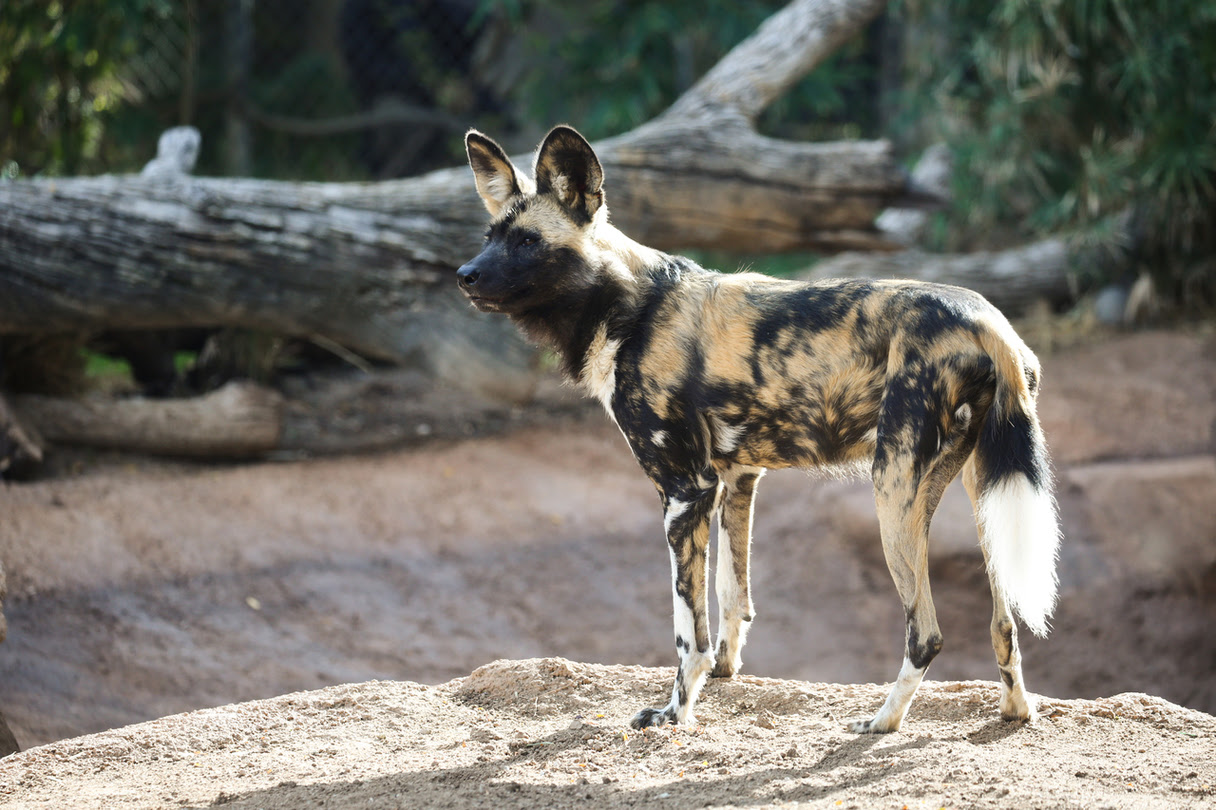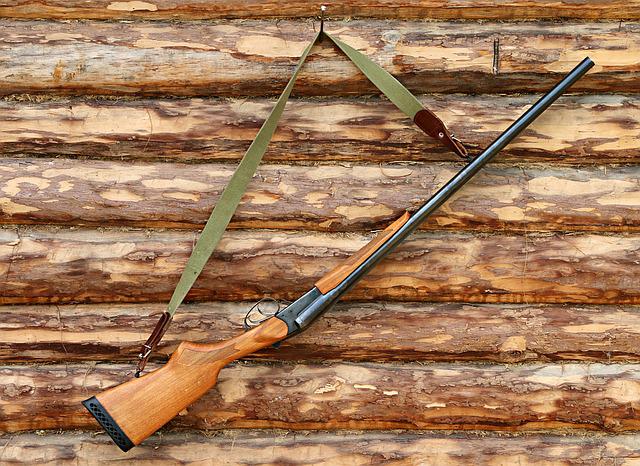
You might be curious where you can go wolf hunting, whether in Wisconsin, Minnesota or Alaska. There are many options so make sure you do your research before you go. This article will cover the Minnesota-Wisconsin and Alaska wolf hunt seasons. We also discuss some restrictions. If you have read this article you will be better equipped in making a decision on whether wolf hunting would suit you.
Minnesota wolf hunting season
After removing them from federal Endangered Species Act, the Minnesota Legislature approved wolf hunting. According to state law, wolves are small game. DNR in 2011 authorized a season with lottery and a limit on how many wolves can be harvested. It can be divided into three parts: an early, middle and late season. According to the Minnesota DNR, the 2011 wolf harvest was 413, 238 and 272, while only five percent managed to harvest a wolf.

Wisconsin Wolf hunting season
The state legislature passed a bill in June 2011 requiring that the DNR open the wolf hunting season from November to February. Many people supported the wolfhunt, but environmental groups and Native American tribes opposed it, citing the inability to receive equal protection under Endangered Species Act. The judge's decision was not upheld by the Wisconsin Department of Natural Resources despite the ongoing legal action. Recent federal court cases could restore some protections for wolves.
Alaska Wolf hunting season
The Canidae family includes Alaska's wolves. They can be as heavy as 145 pounds. Adult males weigh about 85 pounds. Their natural habitat once covered the entire United States. However, humans-wildlife conflicts and land transformations have driven the wolves out of many parts. Fortunately, wolves are not threatened or endangered in Alaska. However, there is controversy over the state's reintroduction.
Idaho wolf hunting season
The new law, which was signed into law in January, will allow hunters to kill 90% or more of the state's wolves. The bill, sponsored by the Idaho Fish and Game Commission, was criticized by wildlife experts and conservation groups as an overreaction to the problem of wolf overpopulation. While the 90 percent claim is widely debated, the bill was approved overwhelmingly by Republicans and Democrats. Hunting wolves in private areas will be allowed year round. Hunting wolves will be permitted on private property year-round. Hunters can also purchase unlimited numbers of hunting tags for wolves.

Montana Wolf Hunting Season
Montana's new law allows hunters to use bait and snares to kill wolves. They can also use bait to lure wolves to their traps. Additionally, they will be reimbursed for all expenses incurred to kill the wolves. The new law is likely to result in more wolves being killed, and more wolf deaths in Montana.
FAQ
How popular is hunting in America?
Hunting is a favorite American pastime. Americans spend more than $8 billion each year on hunting supplies and equipment. On average, hunters spend about $1,000 per year.
Many people hunt for relaxation and a hobby, but hunting is also a popular sport. The United States is home to nearly 50 million hunters. This includes both men, and women.
Hunters come to us from all walks. They come in all ages, from young children to adults. Some hunters have been doing this for years, while others only recently started.
People choose hunting because they like spending time outdoors. Many hunters feel that this is a great way to connect with nature and experience what it feels like to be free.
Hunting can be an enjoyable social activity. Hunters hunt together often as a team. Sometimes these groups include family members, friends, co-workers, etc.
Hunting has become a popular sport for hunters. Hunting has become a competitive activity where people compete against other hunters to see who can shoot the different kinds of animals.
Hunting teams compete to set the record for largest deer kill. These records are usually set up by professional hunters.
What types of guns are legal to use?
You can hunt with many different types and styles of weaponry.
Hunters typically use rifles, shotguns, handguns, and muzzle-loading firearms.
Rifles are made to fire bullets over long distances. Shotguns are often loaded with pellets. Handguns can fire bullets through the hands. Muzzle-loading firearms work in the same manner as modern-day pistols.
Crossbows can be used to shoot arrows. Bowhunters are archery weapons.
It takes special training to hunt with a bow crossbow. First, you must learn how to aim and shoot the weapon correctly.
What are the many benefits of hunting?
Hunting is an ancient practice that many cultures across the globe have continued to do. It was used to hunt for food, shelter, clothes, medicines, and other purposes. People hunt today for sport and recreation, as well as for food and entertainment. Hunted meat is usually eaten right after it has been killed. Skin, fur, feathers and bones of hunted animals are often sold as trophies.
Hunting is more than just a means to eat. It's also a way for you to live.
Hunting families have strong ties to their friends and family because they spend so much time together. They share their stories and memories over meals and around campfires.
Hunting and nature are a joy for hunters, and this helps them appreciate the rest of our planet.
When they take care and look after the game animals, they develop responsibility and respect.
Conservation is a way for hunters to become better citizens. They are responsible for protecting habitats and species. They know how much land, water and oxygen we need for survival.
Hunters are part of a community. Their families rely on them. They are there for each other. They support local businesses.
Hunters are known for their generosity. Many hunters donate money to charities that assist children, the elderly, and veterans, among other causes.
Hunters have the option to volunteer their time to help others in need. For example, they could work with the Humane Society of the Red Cross.
Where can you buy a gun Do I need one?
Certain species require a gun to hunt.
Most states require hunters possess a firearm. The exact type depends on the game you plan to hunt and the state you reside in.
Any sporting goods store can sell you a rifle and shotgun, handgun, pistol, muzzleloader, crossbow or archery weapon.
Be sure to select the right weapon for your purposes. A.22 caliber pistol might be a good choice if you are looking to hunt small game like squirrels, rabbits and pheasants.
A larger caliber weapon might be a good option if you intend to hunt large animals like bears, elk, or deer.
Do not buy a weapon unless you feel comfortable handling it. A gun can be a dangerous weapon. Keep your gun unloaded until you're ready to shoot.
A qualified gunsmith should inspect any gun you are considering buying. Ask the seller to show how to load and unload the weapon.
Be sure to verify the manufacturer's warranty. Ask the dealer for a warranty if there is none.
Ask the dealer to provide you with a copy of their safety instructions. These documents should contain information regarding safe storage and maintenance.
You should check the serial number. If it starts with "NIB" (or "New In Box"), the gun was made brand new.
If the serial # begins with an odd numbers, the gun may have been previously owned.
You can contact the manufacturer directly if you are not sure if the gun has been used. They should be willing to give you details about the gun's history.
Is it possible to hunt without a licence?
Yes, you can hunt with no license. However, this means you are breaking the law.
You could face jail or fines.
Some states allow residents without a license to hunt. Find out if hunting is allowed in your state by checking with the department of Natural Resources.
What kind of training do I need to become a hunter? What is the average time it takes?
An introduction course is necessary to learn how hunting works. This course covers the basics of hunting, as well as information on the laws.
You will be taught how to safely handle ammunition and firearms. These items will be safely used.
This course can be completed in two weeks or three months. Some courses are offered online. Some courses can be accessed online.
You must pass a written exam to be eligible for a license. A hunter education course may also be required.
How much does it take to get licensed? What if I don’t make enough money?
The cost to get licensed depends on where you live. It costs between $20 and $100.
If you do not have enough money, you may be able to apply for a loan or grant.
To pay the tag fee, you must also pay the fee. Tags vary in price based on the type of game you plan to hunt.
Tags are available for deer, elk, bear, moose, waterfowl, upland birds, and furbearers (such as foxes).
Some states require registration with the Department of Natural Resources to be eligible for a license.
Check local regulations before you go hunting.
Statistics
- In less than 20 years, Rhode Island saw a 40% drop in the number of hunting licenses for residents, according to The Valley Breeze. (stacker.com)
- Indiana, for example, saw a 28% jump in turkey license sales during the first week of the season. (stacker.com)
- Thanks to the 1937 Pittman-Robertson Act, an 11% excise tax was placed on the sale of firearms, which were then used for conservation. (stacker.com)
- Licenses dropped from a peak of roughly 17 million in the 1980s to 15 million in 2019, according to The Seattle Times. (stacker.com)
External Links
How To
How to build a Deer Blind
A deer blind is a type of hunting device used to hide from game animals such as deer, elk, etc. The deer blind is a small enclosure of canvas or wood, often covered with leaves and branches. The hunter waits for the animal's arrival and hides in the enclosure. A deer blind is often used when hunting at night.
There are many options for deer blinds. Some blinds can be moved easily while others require a permanent structure. They are typically constructed out of materials like plywood, cardboard, plastic, canvas, or metal.
The most common type of deer blinds is box blinds (also known as box stands). These blinds consist of a box made of wood with walls and a roof. Because they are simple to build and easy to transport, boxes are extremely popular.
A tree stand, another type deer blind, is also available. Tree stands can be made natural to appear natural, so people won't suspect that they are there. Tree stands are usually permanently attached to trees.
Ground blinds are another type. They are similar to tree stands but are built into ground. Ground blinds are usually camouflaged in dirt, rocks or sand. Ground blinds are sometimes referred to as "ground boxes."
There are several different ways to hunt with a deer blind. The first is to wait for the animal, then sit still. You could also move and try to scare it away. This method can be used if you are unable to remain still and don't move much. This could cause the animal to believe you are a predator and make them run.
First, find the right spot to place a deer blind. Pick a spot where there is no wind to blow your scent towards the animal. Avoid areas where people often hike.
Make sure that you are able to set up your deer blind correctly. Otherwise, the animal will see you and run away.